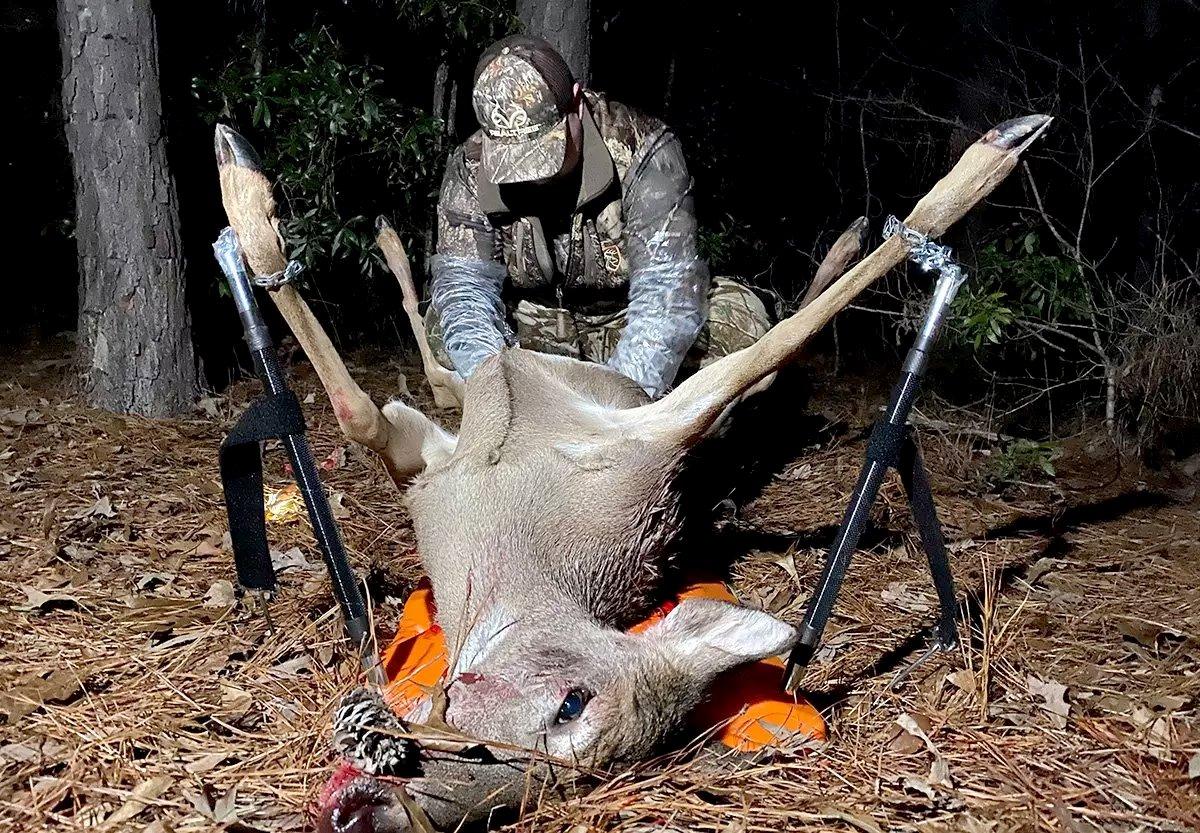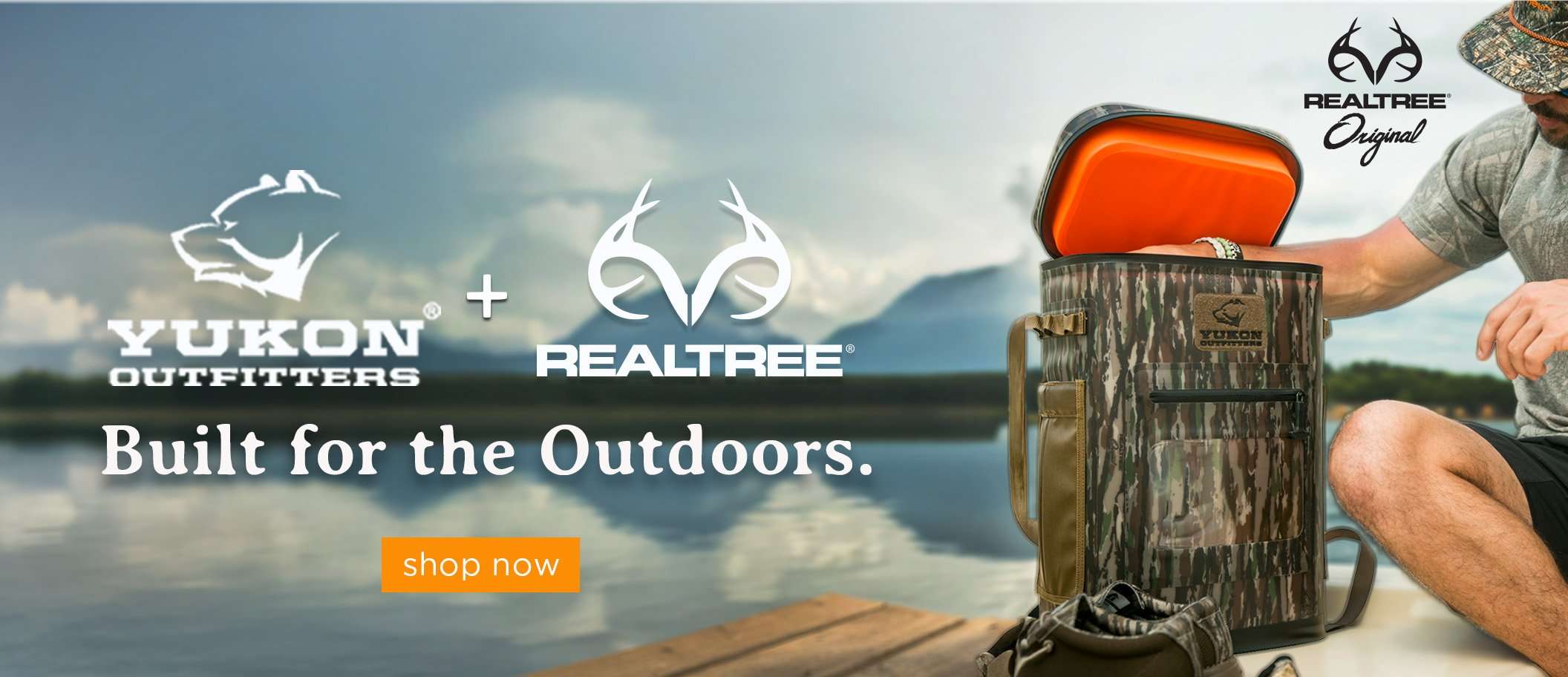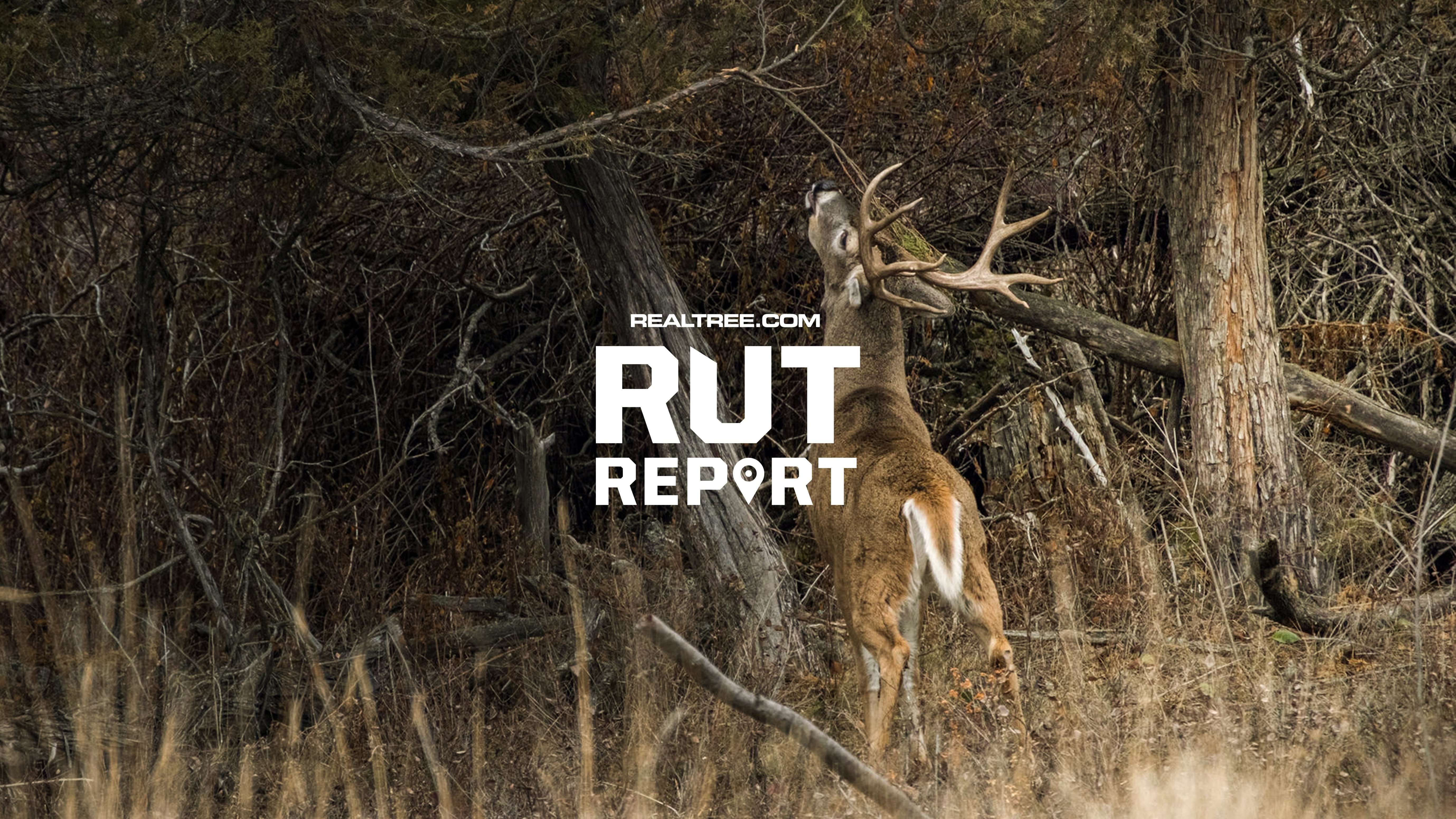We've all busted guts and spilled a little pee, but which of these gutting sins will really ruin your venison?
If you really want to annoy a veteran deer hunter, tell him or her they're gutting a buck all wrong. Good hunters know to never bust stomachs, spill bladders, or cut the wrong spot because those mistakes ruin the meat. Right?
The internet can leave you thinking that, since the subject of gutting deer seems to draw more ire than politics. But as anyone who's actually cleaned more than a few big-game animals can attest, nicking the stomach hurts a hunter's pride way more than his venison. Still, there are field-dressing mistakes that can cost you. Here's a look at the most common ones.
NO. 1: LEAVING DEER OVERNIGHT
Sooner or later, every hunter makes a bad shot. If you hit a buck through the liver he'll die, but most know to give such a deer time, since you might not recover him at all if you take up the track too soon and flush him from his bed.

Once a deer is down, don't wait. Get the guts out fast so nothing spoils. (Gut Daddy / Realtree 365 Image)
But there's more consequence to a bad shot than a sleepless night. A dead deer left overnight with the guts inside is probably going to have at least some spoilage, regardless of the weather. It's over 100 degrees inside a deer's chest cavity, and the animal is wearing a fur coat designed to insulate it from winter weather.
Outfitter Miles Fedinec has been guiding hunters for more than 15 years, and he guts and skins dozens of elk, deer, and antelope during any given fall. He says cold weather won't necessarily save your meat. We've had late-season elk that we gutted when it was 20 below outside, and we came back to get them the next morning, he says. The outside of the hams froze so quickly that they insulated the inside of the hams before they could cool. They were actually still warm on the inside, and spoiled from the bone outward. If you leave a deer overnight with the guts in it, it's probably ruined.
Don’t Miss: 4 Step Deer Butchering: The Path to Amazing Venison
NO. 2: LOLLY GAGGING
When was the last time you looked at a grip-and-grin photo of a hunter with a field-dressed buck and thought, Gross, that picture would've been better without all the blood?
For me, the answer is never. When I see a picture of a field-dressed buck, I know I'm looking at a hunter who cares about the animal first and the glory second. There's nothing wrong with taking a picture of a buck with an intact white belly — it is cleaner — but take the photo quickly, and then get to it.
Pictures aside, too many hunters screw around for too long after the deer is down. Besides dragging a dead buck this way and that for better lighting angles, they call their buddies to tell the story. They run home to get the four-wheeler. Then they stop for lunch. They debate over the best place to field-dress because they don't want to leave guts near a good stand (something that doesn't spook deer at all, but that's a topic for another day).
The result of all of it is delayed gutting. For every minute of delay, bacteria inside the deer are replicating at an exponential rate. Don't forget that.
NO. 3: GUT BUSTING
The actual field-dressing technique isn't nearly as important as the above advice. But what happens if you're gutting an animal and you get a rush of air — as if from a slashed tire — and a face full of deer fart? You've punctured the stomach, and the gases from the bacteria festering inside are escaping, quickly, perhaps propelling some chewed-up corn bits along with them.
It's not pleasant, but it will be OK. Laugh about it. Gag if you need to, but keep working. If you get some stomach matter or deer poop or piss on a ham, wash it off with a water hose, or in the creek, or with a wet wipe or big sycamore leaf. This happens, even to experienced hunters, all the time.
Sometimes Fedinec even punctures stomachs on purpose. If it's hot and an elk gets bloated fast, I might poke a couple holes in the stomach on the opposite side of where I'm working, just to deflate it and give me some room, he says. It doesn't hurt a thing.
Don’t Miss: The Best Shot Placement on Deer
NO. 4: NOT CLEARING THE EXIT RAMP
A deer's colon and bladder sit inside the pelvis, between the hams. If I'm quartering a deer in the field — or I know I'll be hanging it in camp to quarter within the hour — I sometimes skip this step. But it's nonetheless a skill to learn, especially if you're going to field-dress an animal and drop it off at the processor.
Using your knife blade, go in from the tail, and cut a deep circle around the colon. You're cutting a circle around the butthole, as I explained to my 6-year-old son just the other day. When the colon is cut loose, you can pull it out through the top of the pelvis, along with the entire offal (explained a bit more in the next section). Once cleaned, it makes for a nice port to drain out the remaining blood, after you finish gutting the deer.

Use a sharp knife, and work with the edge-side up. (Bill Konway Image)
NO. 5: NOT CUTTING THE DIAPHRAGM
Within a deer's chest, the circulatory and respiratory system is separated from the digestive system by a thin but strong muscle called the diaphragm. If you're new to field-dressing, it's easy enough to get the liver and digestive tract out of a deer while leaving the heart and lungs in place because you don't know to cut the diaphragm away from the rib cage.
With does, or bucks that aren't going to the taxidermist, the easiest way to ensure a clean job is to split the rib cage clear up to the brisket. You don't need a hatchet or saw to bust through the ribs, but you aren't going to get it with a penknife, either. I carry a good-sized fixed blade, and cut through the ribs one at a time, right next to the sternum, with individual quick, prying cuts. Then, I reach in, sever the esophagus, and slice the diaphragm free from both sides of the rib cage. Because the colon has already been severed (addressed above), you can then pull the entire offal out with one healthy tug, though you might need to use your knife to trim away remaining bits of fat and spilled droppings. With practice, from the first cut to the last, you can field-dress a deer in about five minutes.
NO. 6: CUTTING KNIFE-EDGE DOWN
This is intuitive to read, but a little more difficult to practice. If you're not using a gut hook (I rarely do), working with your knife edge pointing up — toward you — is one good way to minimize punctures to the stomach. I start by gathering up the hair and skin on the deer's belly, making my initial incision. Then, keeping that incision parted with my index and middle fingers, I slowly slice the belly open with a shallow cut, keeping the blade between my fingers as I go.
NO. 7: RUINING THE CAPE
You still need to get the guts out of a buck you want to shoulder mount, but the procedure is slightly more difficult. Instead of splitting the rib cage, as you would on a doe, stop your cut at the V of the sternum, right about where the deer's white belly joins with the thicker brown fur of the brisket. This is to preserve the skin your taxidermist will need to stretch and tuck over the form, after the hide is tanned.
To do a thorough gutting job like this requires a more intimate knowledge of a deer's internals, as you'll need to reach inside and find the deer's diaphragm and esophagus by feel with one hand, and cut them loose with the other. But it's just as necessary to pull all that stuff out, and still not hard at all with a little practice.
When you're field-dressing deer, sure, it's best not to make a mess by busting and spilling things. But so long as you're getting the guts out of your deer quickly, the procedure you follow for the rest of it is pretty trivial. Proficiency comes with practice.
Until then, get to work … and maybe take a deep breath before making that first cut.












